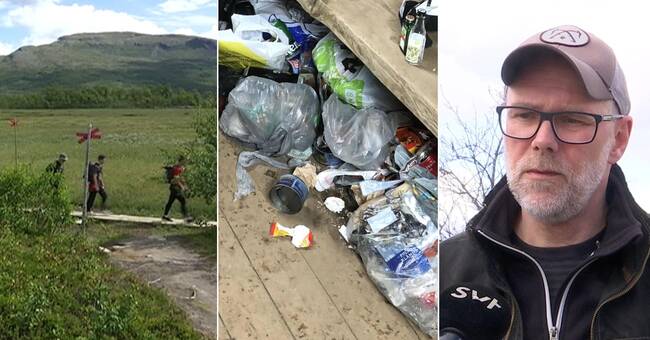- If we want valuable nature left in certain places, measures are needed.
A change in the law is required for the exercise of the right of public access to be controlled, especially outside protected areas, says environmental lawyer Nils Hallberg at the Swedish Environmental Protection Agency.
When more and more people want to stay in nature, and especially when many people visit popular places at the same time, then it becomes a problem.
We have told about this in a series of reports.
An example is Blanktjärn in Vålådalen nature reserve, where the number of visitors increased fivefold between 2014 and 2019, which led to devastating nature wear.
Cannot control visitor pressure
The design of the right of public access is now being discussed in many places.
Environmental lawyer Nils Hallberg at the Swedish Environmental Protection Agency is one of those who states that the right of public access is not designed according to our modern way of using it.
In protected nature areas, such as nature reserves and national parks, it is possible to control the pressure of visitors through regulations and thereby protect particularly sensitive nature.
This is what happened in Blanktjärn in Vålådalen's nature reserve, where a ban on access was introduced.
It is worse outside protected areas, for example the mountain trail called the Jämtland Triangle.
Where "only" prevails is the right of public access and this means that there is no possibility of any land closures, even if it would be needed for nature conservation reasons or to protect the reindeer husbandry.
Therefore, a change is needed, a complement to the right of public access in the form of a change in legislation, to meet the demands of our modern society, states environmental lawyer Nils Hallberg.
Came in the 40's
The right of public access has long existed as a customary law, but it was in the 1940s that it can be said to have become an accepted concept.
This in connection with the folkhem was built up and the Swedes began to get the right to vacation.
But since then a lot has changed. We have longer holidays today, spend more time in nature and devote ourselves to an outdoor life that in many respects looks completely different than in the 40s.

